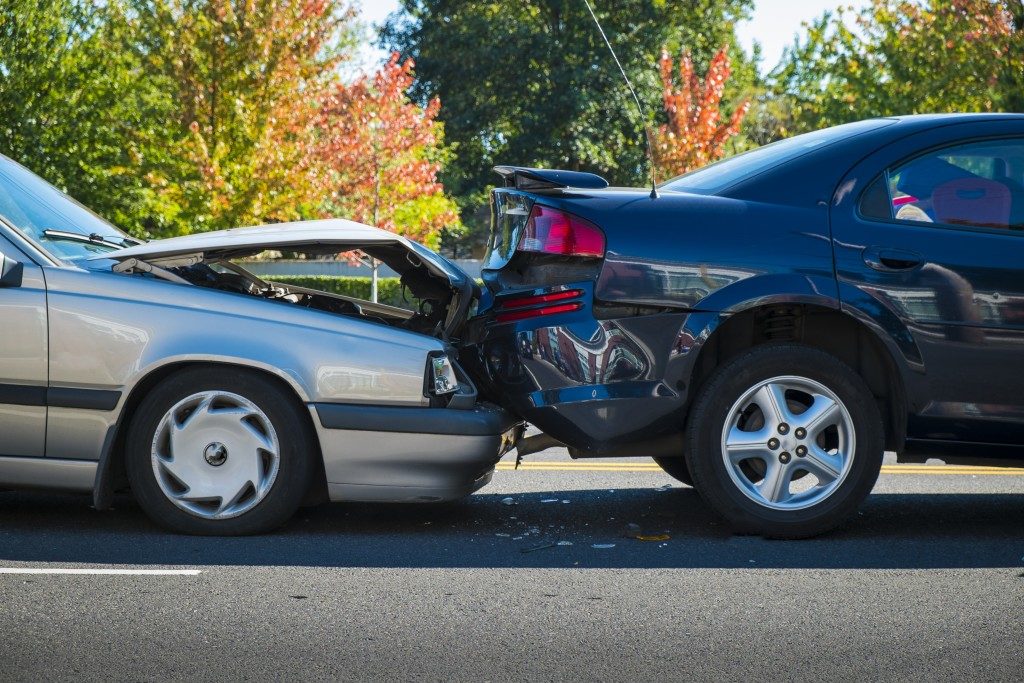Car accidents occur due to many factors, but most come from human error, whether an accident is entirely a product of inattention and impatience, or anything related to the environment. But in any case, the commercial driver has the responsibility to deliver the products and do their job responsibly.
Transport safety involves the safety of everyone directly or indirectly affected by the delivery of such service. Many times, during accidents, the victim will be hard-pressed to make a claim. Accident lawyers, be it a truck accident lawyer or a Lyft accident lawyer in Los Angeles, would suggest that drivers and business owners know the prevailing rules and processes.
Car Accident Fault and Liability
Common law and its notions of fault and liability are sufficient in covering car accident cases. While the car insurance industry has been successful in lobbying for rules that cater to them more to contest fault and liability, the common legal definition of fault is still followed. If you want your lawyer to define fault, there are four levels to consider: negligence, recklessness, intentional misconduct, and strict liability.
If you want to find fault through negligence, there must be carelessness that led to harm or damage. If you run a red light, you have been negligent. Recklessness comes if there is a pure disregard for the welfare of people within and around roadways, for instance. Intentional misconduct, compared to reckless conduct, is when the fault is easiest to establish. As with strict liability, it can be imposed even if the fault is not established. A common application is for accidents that involved defective products.
In common law, those who caused an accident, as opposed to a crime, committed a private wrong or a “tort.” Called tortfeasors, they are referred to as those who “at least partly at fault” in an accident. A drunk ride-sharing driver can be faulted for an accident, which may be considered as intentional or reckless misconduct. In cases where people cause accidents, state law will decide who should cover for the damage or harm inflicted.
Proving Duty, Breach, Causation, and Harm

To prove harm or damage, lawyers look first into the duty of the defendant, if there is a breach of such duty, and if it caused the accident. Drivers have a legal obligation to follow traffic rules. Ensuring safety while on the road and being aware and observant of the surroundings are expected of a dutiful driver.
Duty is naturally assumed and requires no discussion, but breaching it requires more. The victim or plaintiff must prove that duty was neglected by the use of direct evidence, e.g. eyewitness accounts, traffic surveillance video footage, etc. He or she may also use circumstantial evidence like skid marks or abnormal blood alcohol results. Even with a breached duty, the plaintiff also has to prove causation. Medical testimony is enough to warrant causation. Lastly, to prove harm, it must be shown that the defendant’s conduct did indeed cause damage or harm. When proven, compensation can be awarded.
Proving fault demands a rigid process of dissecting evidence to connect cause and effect reasonably. With car accidents, the process can be harder if other factors like insurance coverage and multiple tortfeasors are involved. So, it is recommendable that victims utilize all available resources, from witnesses to video footage, to guarantee fair compensation.
